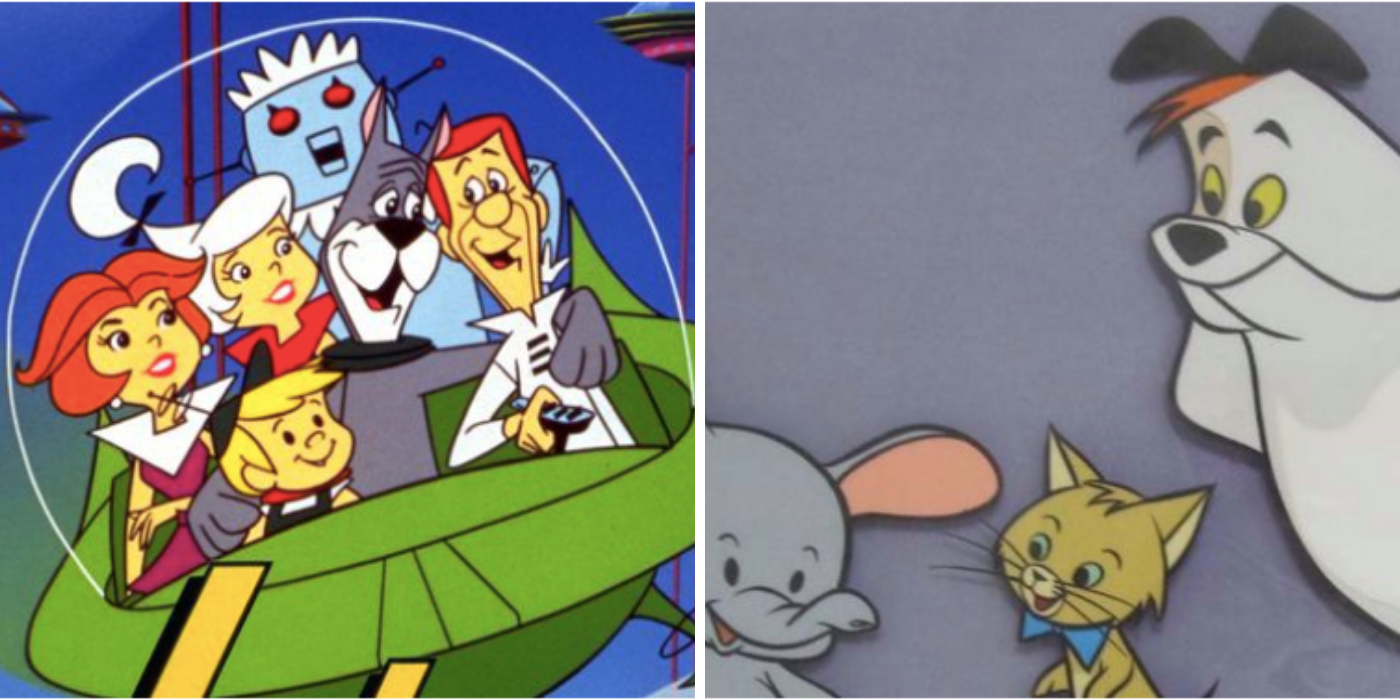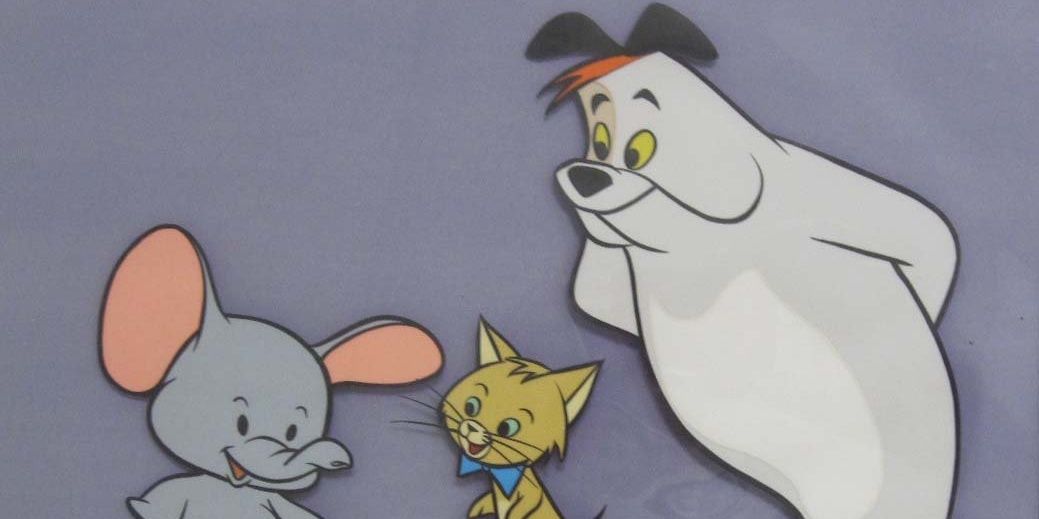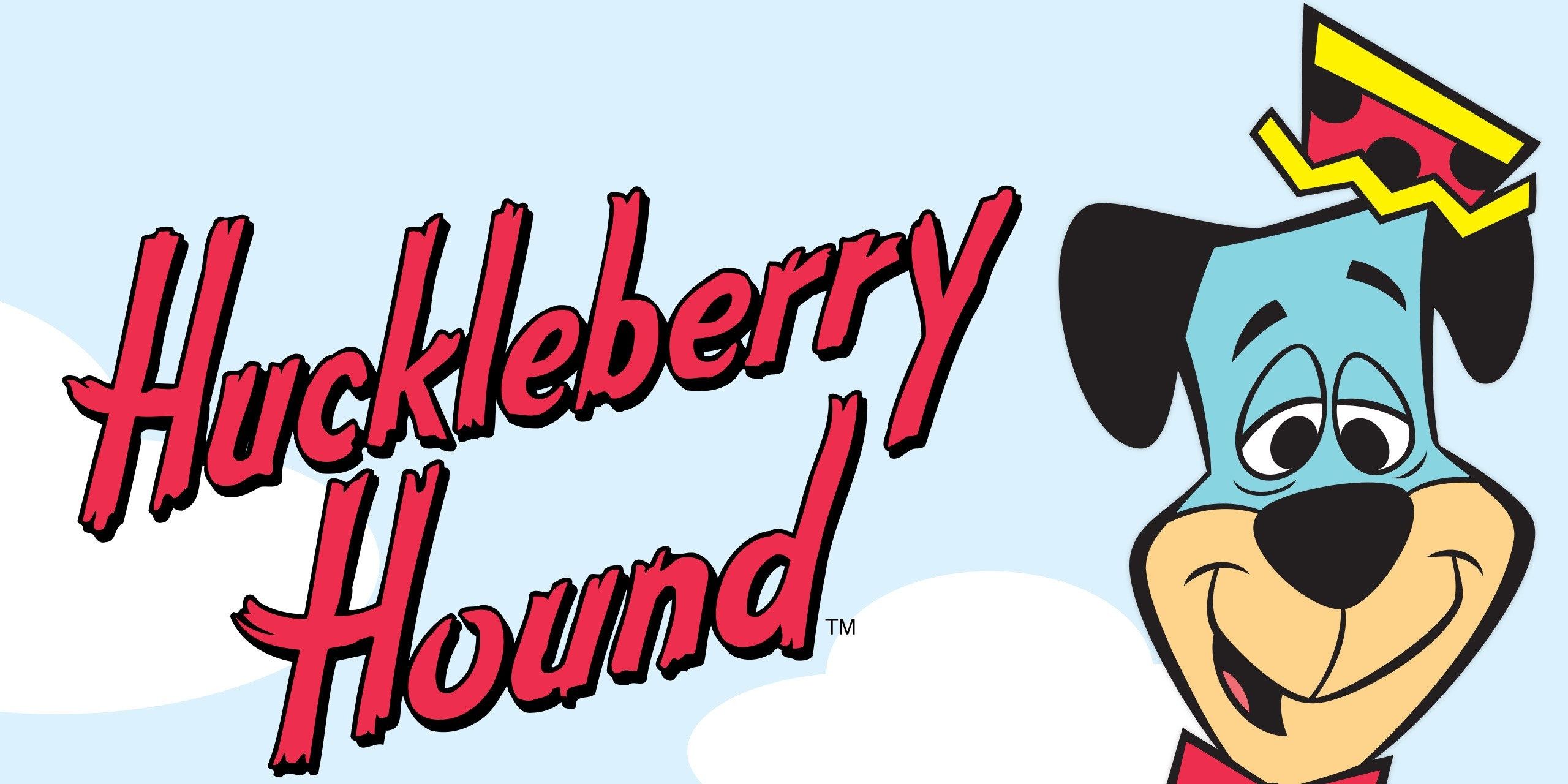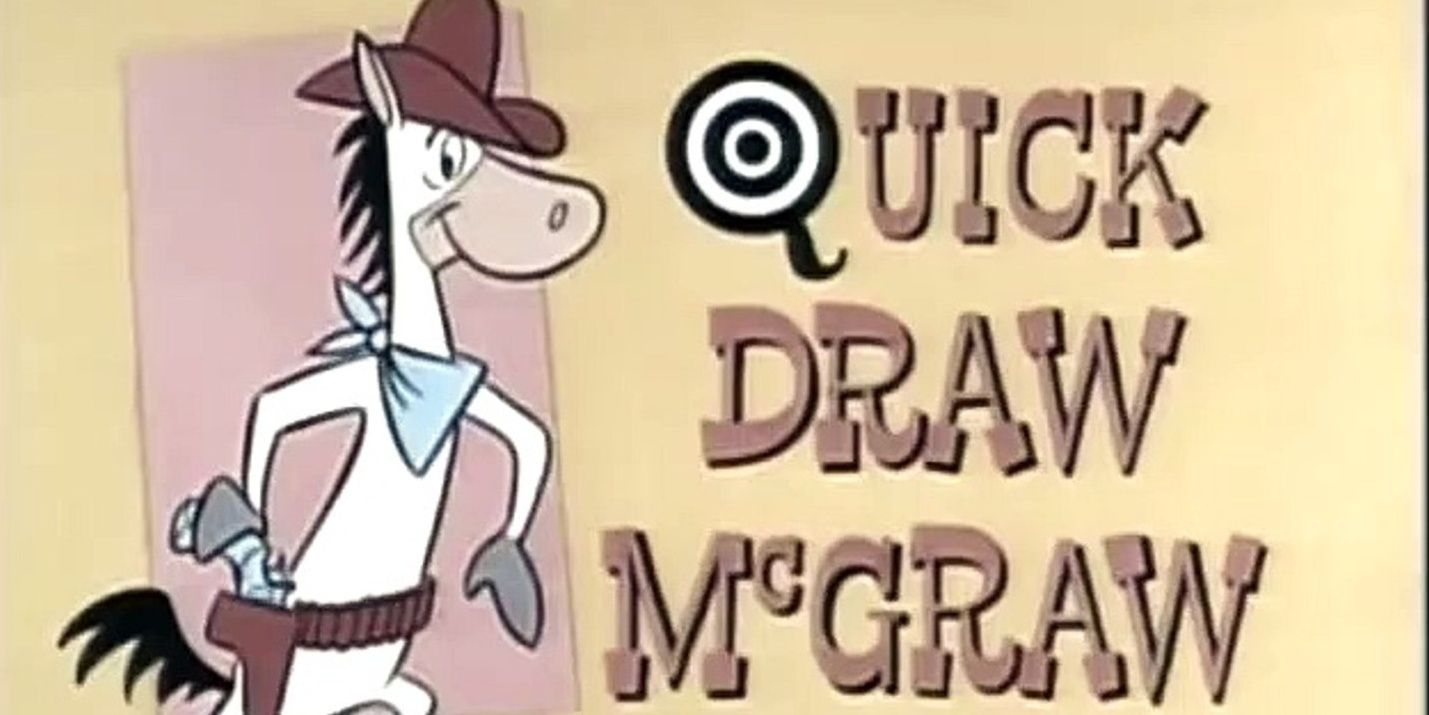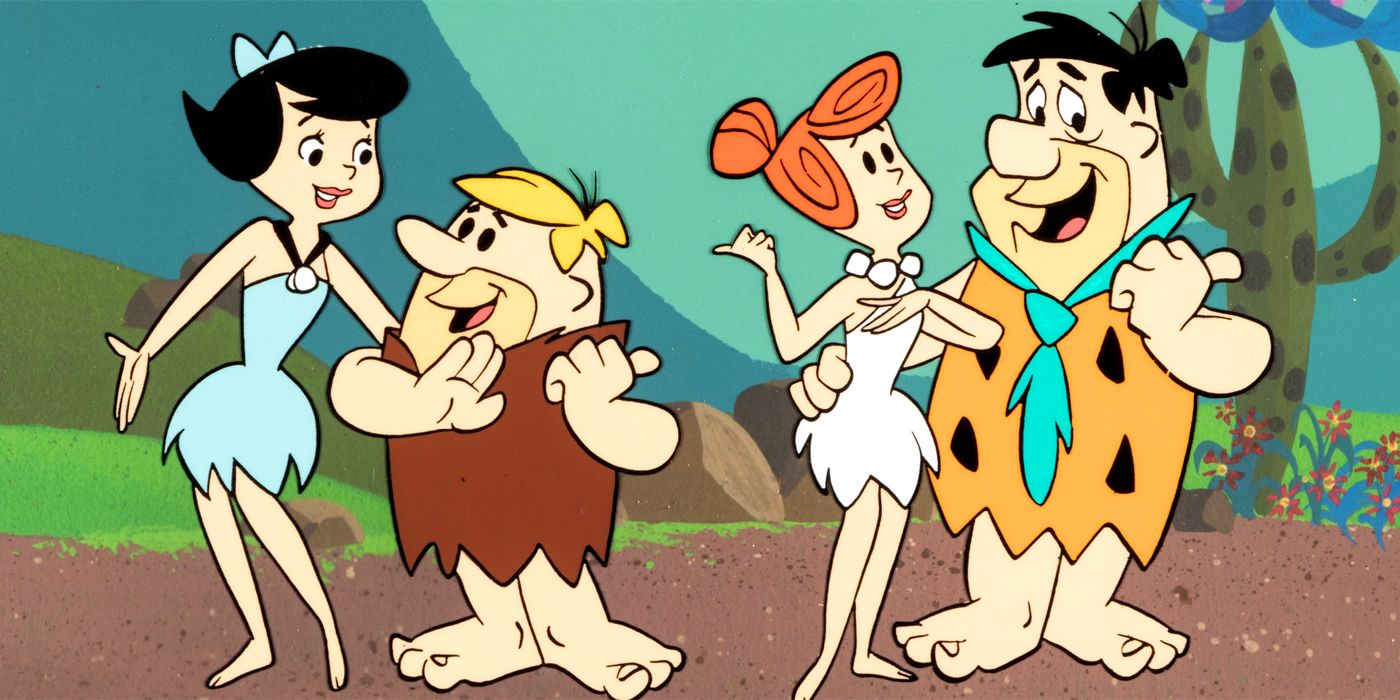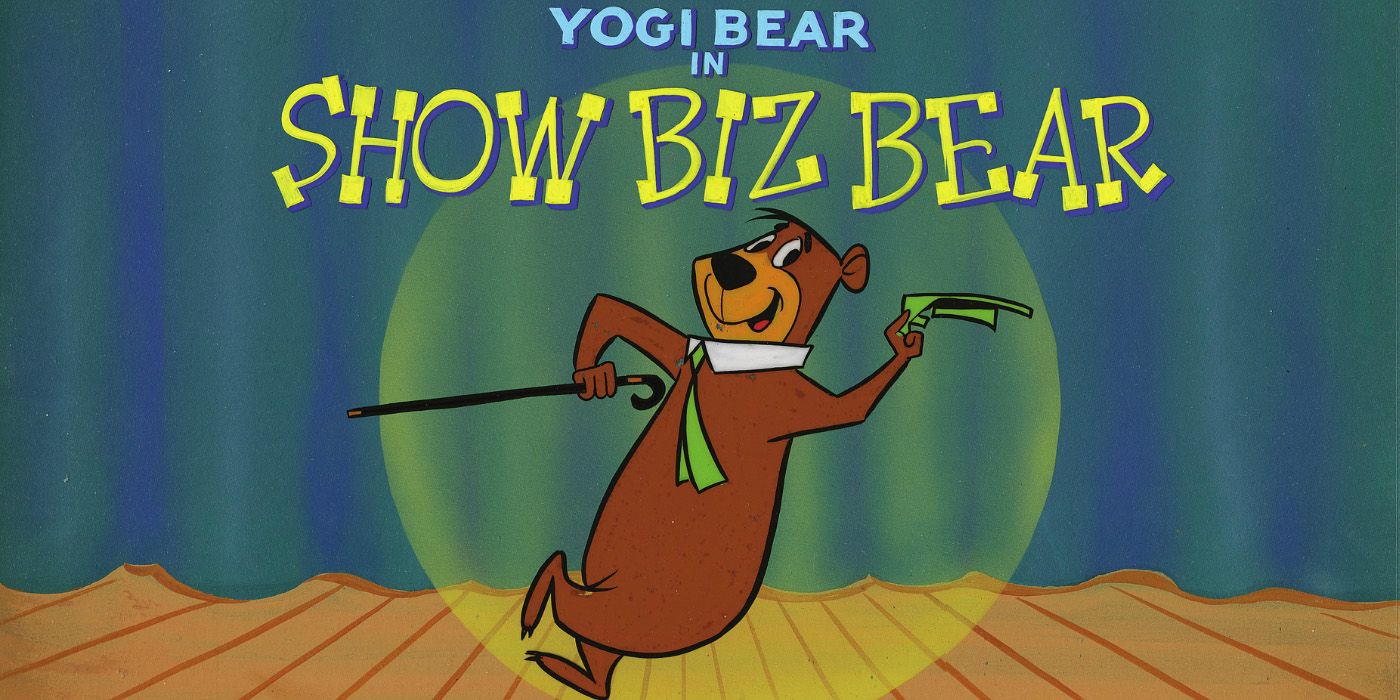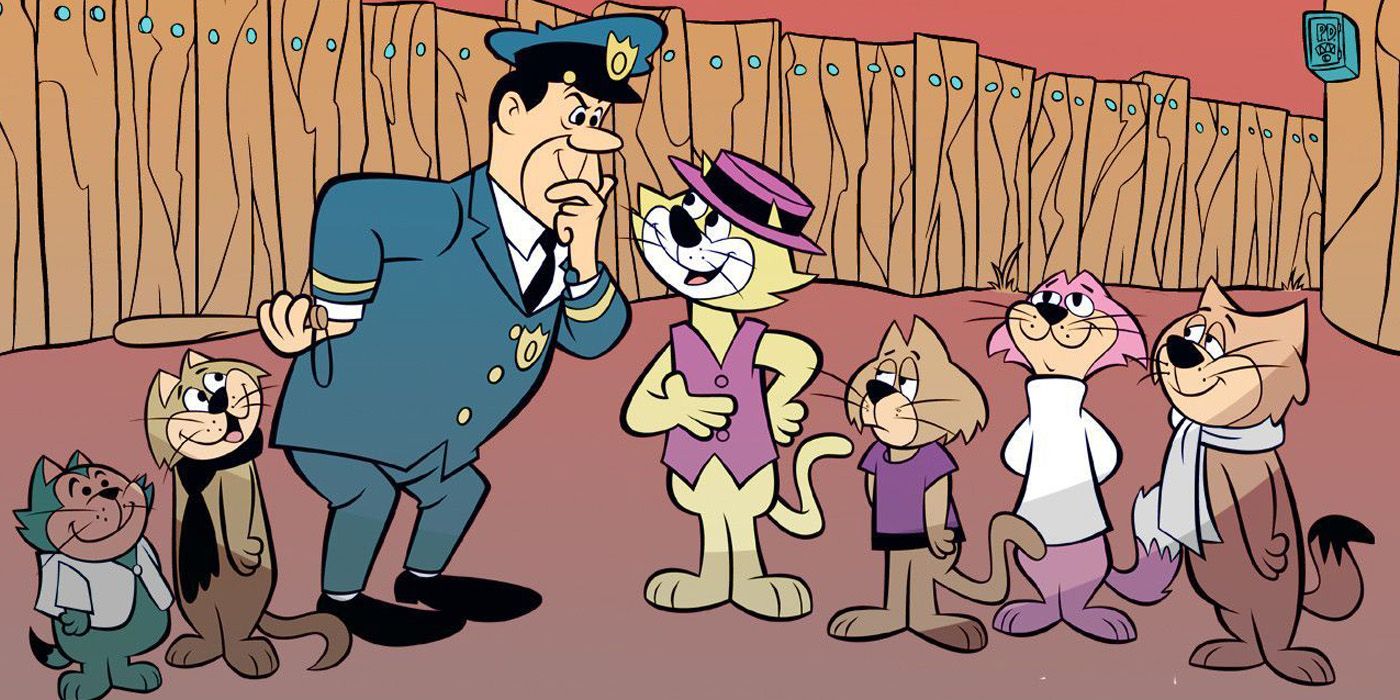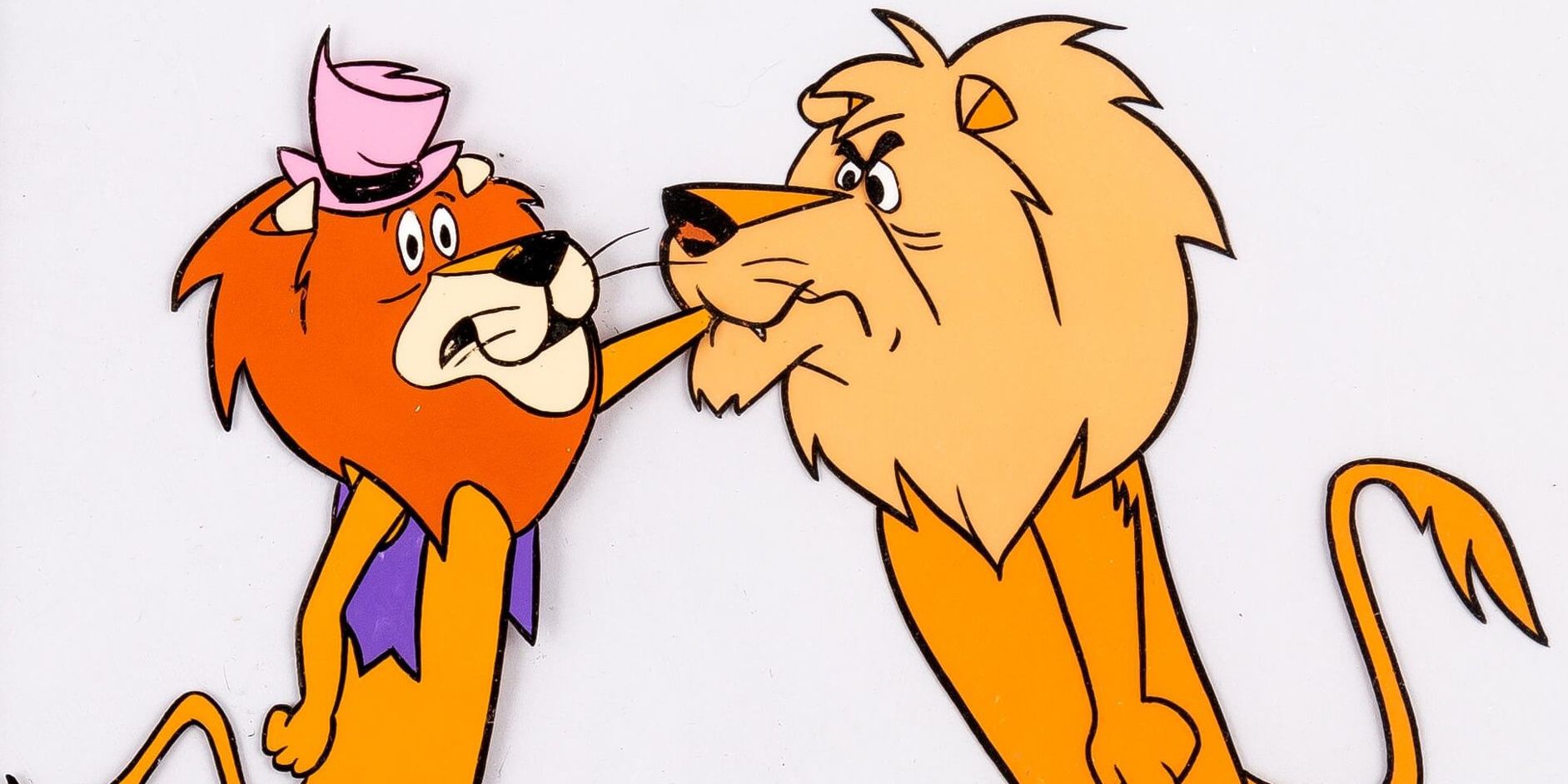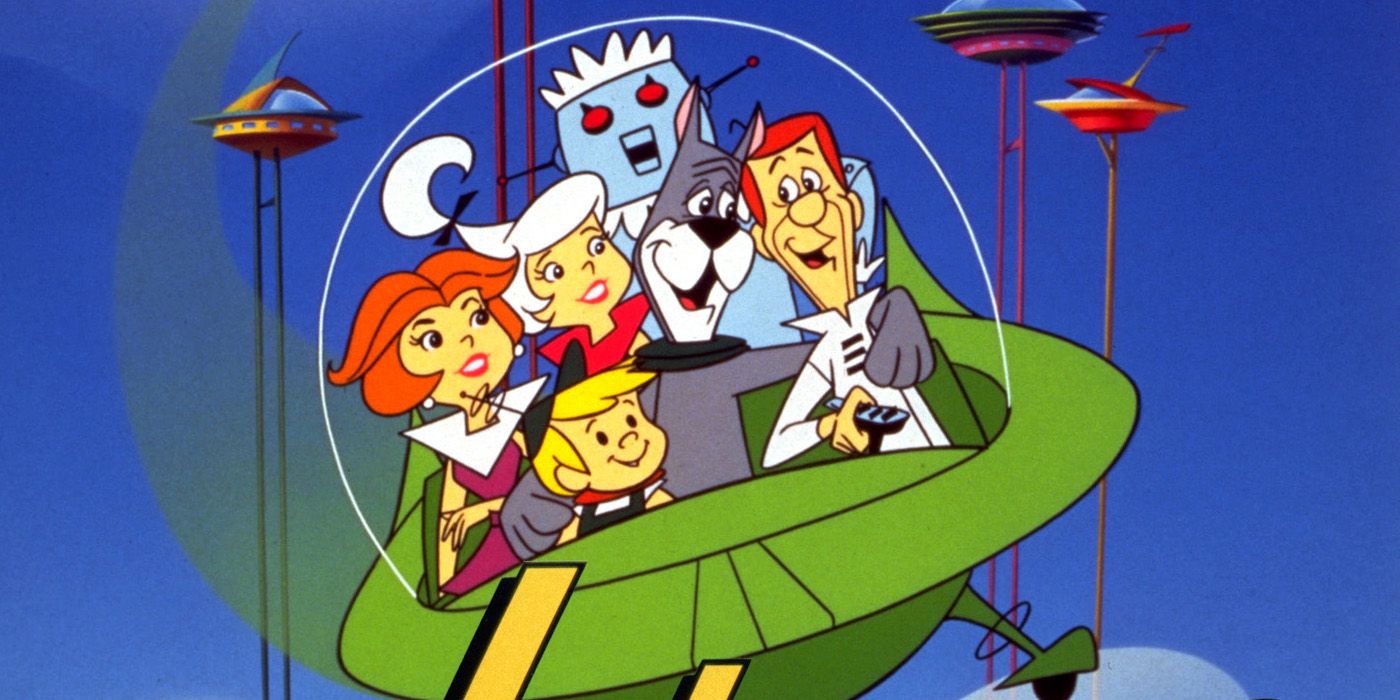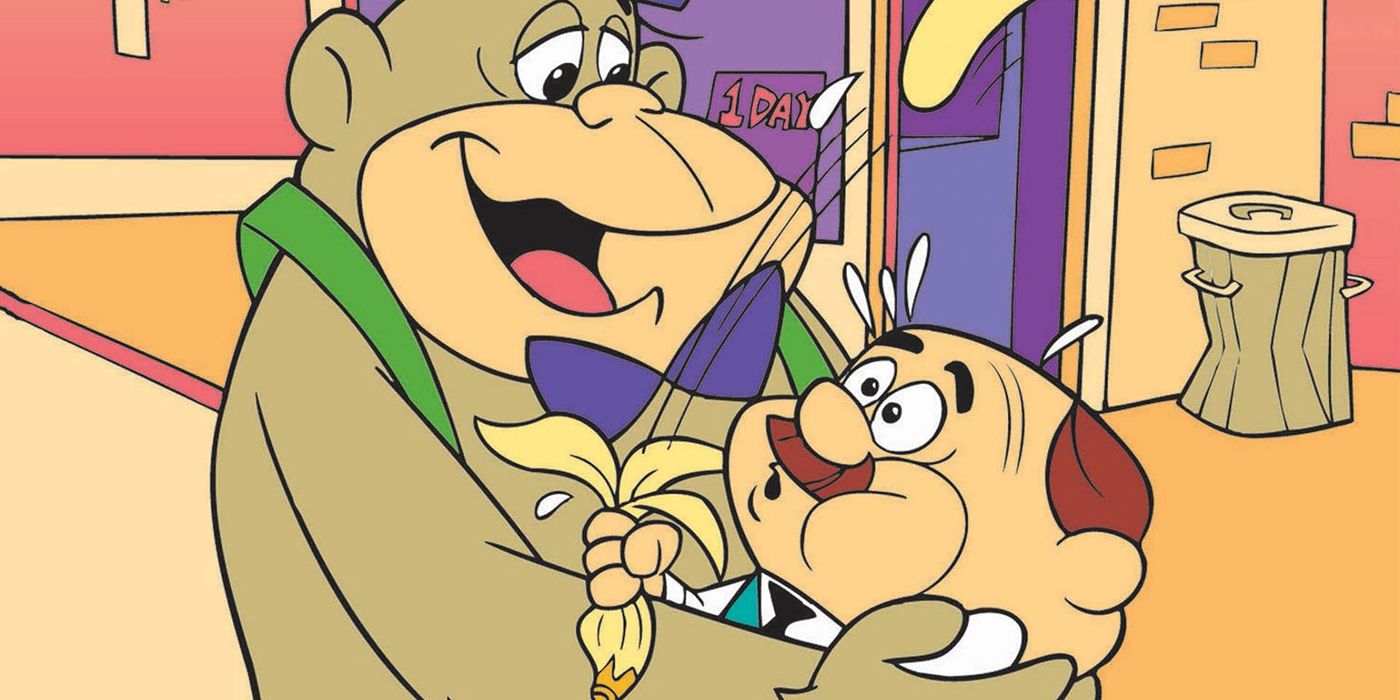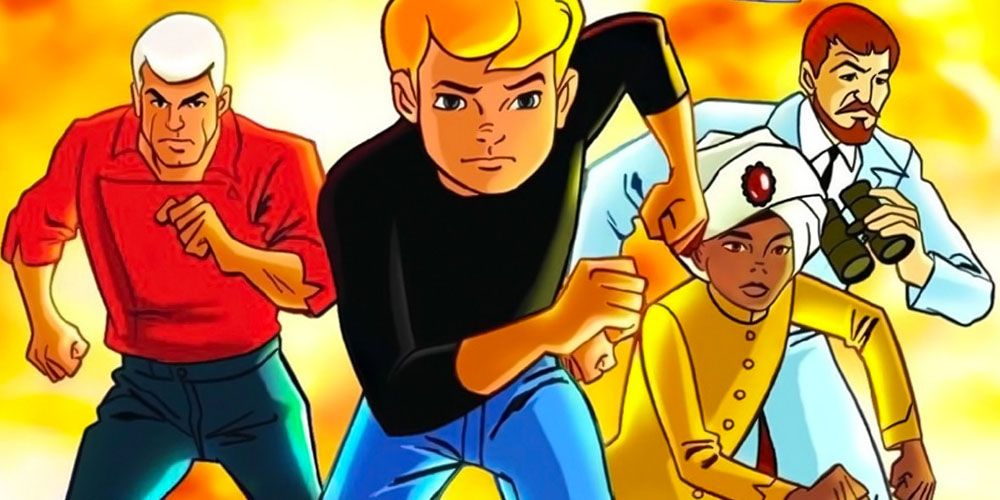The Golden Age of Animation came to a close around the mid-20th century in the United States. Beloved characters such as Mickey Mouse and Bugs Bunny began to see their greatest periods come to an end, as the industry made way for cheaper, more accessible animation. These new programs valued colorful characters, one-liners, and the increasing commercial need to sell toys.
While this period was seemingly built on novelty, it came with plenty of fond, childhood memories and developed some of the most recognizable pillars in animation, such as Scooby-Doo, The Smurfs, and Wacky Races. The banner over all of these, of course, being the animation empire itself, Hanna-Barbera. While the animation duo had quite an acclaimed career, one should never forget the company's first few series that made them what they are.
10 The Ruff & Reddy Show (1957-1960)
Before building Hanna-Barbera, William Hanna and Joseph Barbera used to work for MGM and helped produce one of the company's all-time classics, Tom and Jerry. Despite leaving the company, traces of their tenure can still be found in a few of their cartoons, especially when they were just trying to establish a foothold with their first one.
The Ruff and Reddy Show was a buddy animation that focused on the eloquent and sophisticated cat, Ruff, and his courageous and well-meaning canine companion, Reddy. Working against the violence and rivalries of Tom and Jerry, The Ruff and Reddy Show often had its two leads working together as best friends.
9 The Huckleberry Hound Show (1958-1961)
While The Ruff and Reddy Show may have been Hanna-Barbera's first animated series, they really wouldn't get their work off the ground until their seminal, next work, The Huckleberry Hound Show. Focusing on the misadventures of one, Southern speaking, blue hound, the eponymous Huckleberry would try to skirt through various positions and odd jobs in every episode.
Huckleberry Hound would become one of Hanna-Barbera's first, truly recognizable mascot and even introduced within his vignettes the star of one of Hanna-Barbera's next big series, Yogi Bear.
8 The Quick Draw McGraw Show (1959-1961)
The late 1950s and 1960s may have been a pivotal era for animation, but it also saw the rise of the Western, one of the most influential genres in cinema. Combining two of their time's fastest rising platforms, Hanna-Barbera created the definitive, Western cartoon of their time, The Quick Draw McGraw Show.
Essentially a caricature of the Spanish epic, Don Quixote, this series focused on its titular horse and heroic yet bumbling sheriff, "Quick Draw" McGraw, as he'd fight against the wise, sound advice of his burro sidekick, Baba Looey, and get the duo into loads of trouble.
7 The Flintstones (1960-1966)
The Flintstones is a series that really needs no introduction. Perhaps Hanna-Barbera's most influential work to date, The Flintstones easily became the first family of animation, as it dazzled audiences with the familial misadventures of its titular family, all while dressing up the jokes with pre-historic themes.
Despite replicating the jokes and themes of black-and-white sitcom, The Honeymooners, The Flintstones would go on to be arguably more impactful as it'd influence the formulas and cadences of other animated, family sitcoms, such as The Jetsons, The Simpsons, and Family Guy.
6 The Yogi Bear Show (1961)
Spawning from its tenure in The Huckleberry Hound Show, the wise-cracking, slow-witted forest animal would find his domain on broadcast television. In The Yogi Bear Show, Yogi Bear and his smaller, gentler sidekick, Boo-Boo Bear, would often get in trouble in their home forest of Yellowstone National Park.
This is often because of their harebrained (or, better yet, bear-brained) schemes to steal picnic baskets and their constant conflicts with the park ranger, Ranger Smith. The series would even give birth to another Hanna-Barbera icon, the well-speaking, well-voiced, well-catch phrased Snagglepuss.
5 Top Cat (1961-1962)
Top Cat looked at the various schemes and scams of the Top Cat himself and his gang of other ne'er-do-well felines. Taking inspiration from The Phil Silvers Show, Top Cat was a con cat just trying to get himself and his cohorts some easy change on the streets of Manhattan, often through various, hilarious trials of cheating and stealing.
Their plots would often clash with the city's policeman on patrol, Charlie Dibble, who'd often stalk the cats for their various schemes and try to kick them out of their precious alley. Though the series was far from a rating success as the creators had hoped for, Top Cat's short run was still packed with fun and laughter for children everywhere.
4 The Hanna-Barbera New Cartoon Series (1962-1963)
The Hanna-Barbera New Cartoon Series wasn't so much a program within its own right as it was a package of new projects from the animation duo, more akin to Cartoon Network's influential block, Cartoon Cartoons. In it, Hanna-Barbera released three new, short series that would premiere differently across stations.
Wally Gator would focus on its happy-go-lucky main character as he'd enjoy his zoo enclosure and, more often than his zookeeper cares to enjoy, the space outside of it. Touché Turtle and Dum Dum would look at the battles and adventures of its turtle-dog duo as they'd try to fence their way to save the day. Lippy the Lion and Hardy Har Har focused on Lippy's constant get-rich-quick schemes and the dissonantly named Hardy Har Har getting the brunt of the scheme's consequences.
3 The Jetsons (1962-1963, 1985-1987)
A conceptual, spin-off from its Jurassic sister series, The Flintstones, The Jetsons, for its time, modernized the classic formula to fit in well with the 1960s increasing shinier, more Populuxe design sensibilities, complete with a literal futuristic theme to go with it.
Examining the everyday lives of the Jetson Family, this series mixed its typical family narrative with a variety of jokes poking fun at the rise of convenient appliances within the 1960s. The Jetsons would see their fair share of success, more than enough to garner their iconic crossover with the stone-age family.
2 The Magilla Gorilla Show (1964-1966)
The Magilla Gorilla Show debuted another iconic mascot for Hanna-Barbera, Magilla Gorilla. In his adventures, begrudging pet store owner, Melvin Peeble, would often try to get rid of Magilla Gorilla because of the incorrigible ape's tendency to drain his resources. However, Magilla Gorilla isn't an easy pet to take care of.
Whenever he would get adopted, often for the ill-means of some villain of the week, he'd often get on his new owners' nerves and be returned soon later to repeat the process the next week. Only one character in the series, a small, red-haired girl named Ogee, actually wants Magilla but even she can't afford to take him home.
1 Jonny Quest (1964-1965)
A stark contrast to Hanna-Barbera's more typical lineup at that point, Jonny Quest marked the arrival of the action-adventure cartoon in the West. Making way for action-packed narratives, such as The Herculoids, Fantastic Four, and Birdman, Jonny Quest took a more serious tone and arty style.
The series focused on its famous boy adventurer and his companions as he'd join in on his scientist father's journeys across the world and get into a fair share of problems on his own. The Quest Family would often be at odds with various villains across the series, including their emblematic arch-nemesis, Dr. Zin.

